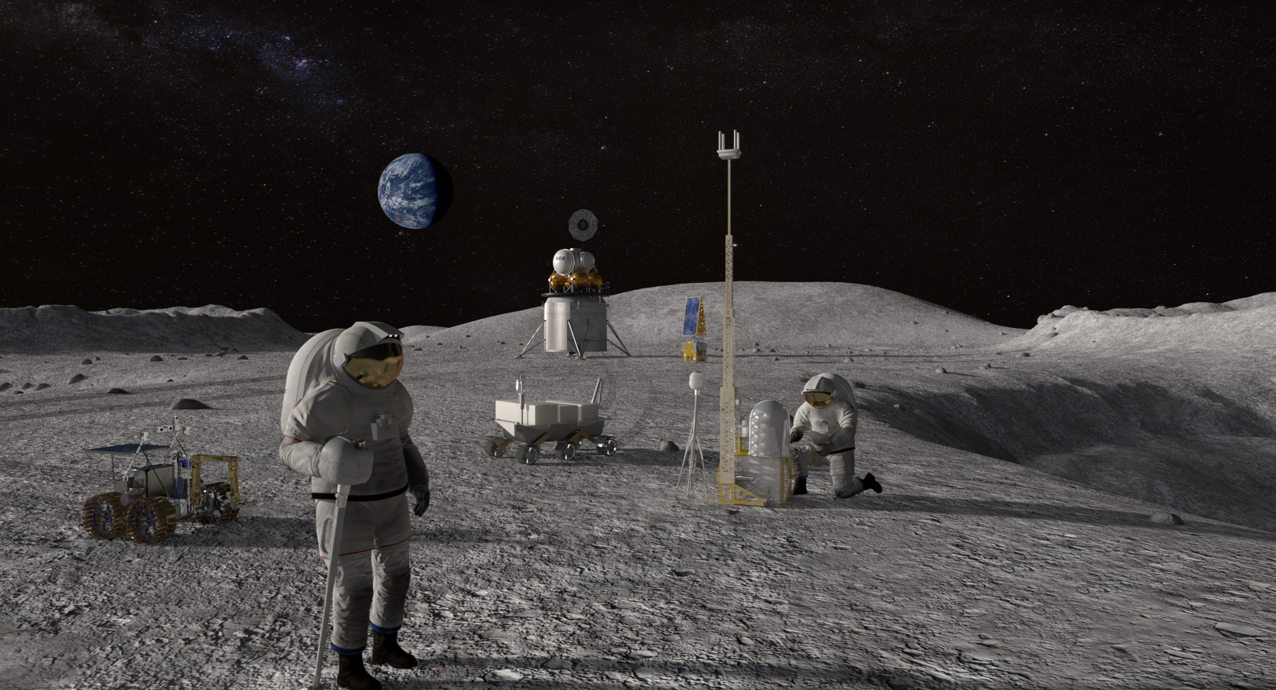
Credit: NASA
NASA’s Jet Propulsion Laboratory has selected Microchip Technology to develop a High-Performance Spaceflight Computing (HPSC) processor with “at least 100 times the computational capacity of current spaceflight computers.” The computer processor would be used for future space missions, including...
Subscription Required
This content requires a subscription to one of the Aviation Week Intelligence Network (AWIN) bundles.
Schedule a demo today to find out how you can access this content and similar content related to your area of the global aviation industry.
Already an AWIN subscriber? Login
Did you know? Aviation Week has won top honors multiple times in the Jesse H. Neal National Business Journalism Awards, the business-to-business media equivalent of the Pulitzer Prizes.
